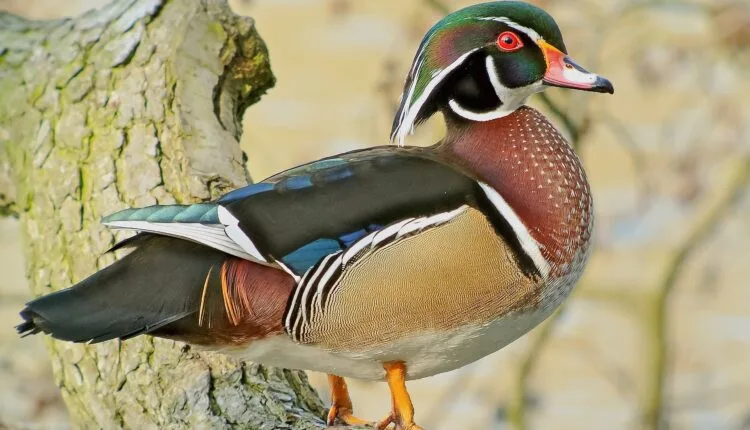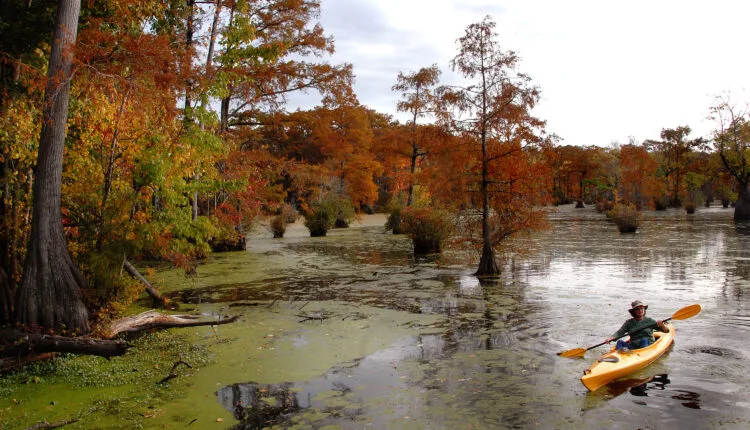
Step one, prepare the soil! Sometimes you need to augment the soil with things like compost to prepare your garden for your plants. (Public Domain)
It’s that time of year to get back in the garden or start one for the first time. Here are the gardening mistakes to avoid to ensure you see the growth you’re going for.
Spring is in full effect in the Carolinas, meaning it’s time to get back in the garden—or start one for the first time. Whether you’ve got a green thumb or are new to the backyard gardening game, there are plenty of tips and pieces of advice out there that will help ensure your 2024 garden is as bountiful and beautiful as possible.
Related: Cardinal & Pine’s guide to spring in North Carolina
We’ve scoured countless articles about home gardening to compile this list of the five most common gardening mistakes that people make that can be the death knell to any home garden—or at the very least make your job that much harder.
Planting in the Wrong Place
Before you can even start to plant, you need to figure out where your garden will go. Location is not only important for how much sunlight your garden gets but because a mistaken location could also lead to issues with plant disease or pest infestation.
Growth is dependent on the sun, however, so that’s the first thing you’ll want to pay attention to. If your yard gets the full sun throughout the day, choose drought-resistant plants that can handle bright sunlight. Most veggies fit the description. Save the darker corners of the yard for shade-loving perennials. Plant labels often include identifiers like “full sun” or “half sun” to give you an idea of what might fit best in your garden based on how much natural light it gets.
Planting Too Early
This is one of the most common gardening mistakes. It’s best to wait about two weeks after the final frost of the spring to plant your seedlings. In North Carolina, the final frost dates can vary greatly.
Piedmont cities like Charlotte and Raleigh usually see their last frost in the first week of April, meaning you should be good to go by now, while towns in the High Country see their final frosts a little later— April 13 in Asheville and May 10 in Boone, according to the Almanac. In coastal towns like Wilmington, the last frost should have come and gone in late March.
The Almanac, however, only gives us the predicted range of dates, so there are other signals you’ll want to check for before putting those seedlings into the ground. The easiest and perhaps most important thing to check for is that the ground is thawed.
A frozen ground will not serve as a good home for your seedlings, nor will you be able to dig into it to plant them, so that should be your first red flag. You’ll also want to make sure that temperatures are warming up not only in the day but at night, with the best practices suggesting that you should wait until overnight temperatures are no longer dipping below 60 degrees Fahrenheit.
View this post on Instagram
Failing to Prepare the Soil
Once you’ve got your time and location figured out, be sure to create a welcoming environment for your seedlings—this means preparing the soil, as unimproved soil is less fertile and dries out faster than soil that has been amended with organic matter. Try top dressing your garden beds with an inch of fresh compost at the start of the season.
There’s no need to till an established garden, as that can upset the microbial balance of the soil and may reverse the benefits of compost or other amendments, but if it’s a first-time garden you may need to loosen the soil down 8 inches to a foot. In an established garden, lightly rake the top inch or two of soil to prepare for planting.
Planting Too Close Together
Don’t make your plants compete for light, water and other critical nutrients. Putting them too close together makes it hard for plants to spread their roots and branches, which can stunt their growth. Again, check the plant labels for advice on how far apart each plant needs to be so you can avoid placing them in a competition that won’t be good for anyone.
Overwatering or Underwatering
Ensuring that your plants get enough (but not too much) water is perhaps the biggest challenge to gardening—or caring for indoor plants, for that matter. It’s a really tricky area for a gardening mistake.
There are plenty of things that could go wrong, which is why Better Homes & Gardens put together a list of just watering mistakes that could sabotage your garden and it’s bigger than this list.
It’s hugely important to make sure newly planted seedlings get properly watered, so give them a light watering every morning then check again in the evening. If you see a crust forming on the soil, they likely need more moisture than you’re giving them. Overwatering can lead to “damping off,” a plant disease that kills the seedlings. The key is to keep the bed consistently moist but not wet until the plants have developed strong roots.
Politics

Opinion: My aunt died of an illegal abortion. We can’t go back.
When I was growing up, I was always closer to my mom. She was easier to talk to. Whenever I had a problem or was concerned about something, the...

Trump says he would allow red states to track pregnancies, prosecute abortion ban violators
In an interview published by Time magazine this week, former president Donald Trump detailed his plans for a potential second term and said he would...
Local News

Does NC have more serial women poisoners than anywhere else? Getting to know NC true crime writer Cathy Pickens
Charlotte's Cathy Pickens is the NC author of the Blue Ridge Mountain Mysteries, a local true crime series. We had some burning questions for her....

NASA astronaut Christina Koch receives highest NC honor
Gov. Cooper honored NASA astronaut and North Carolina native Christina Koch while highlighting the state’s strong public schools. At a recent event,...





